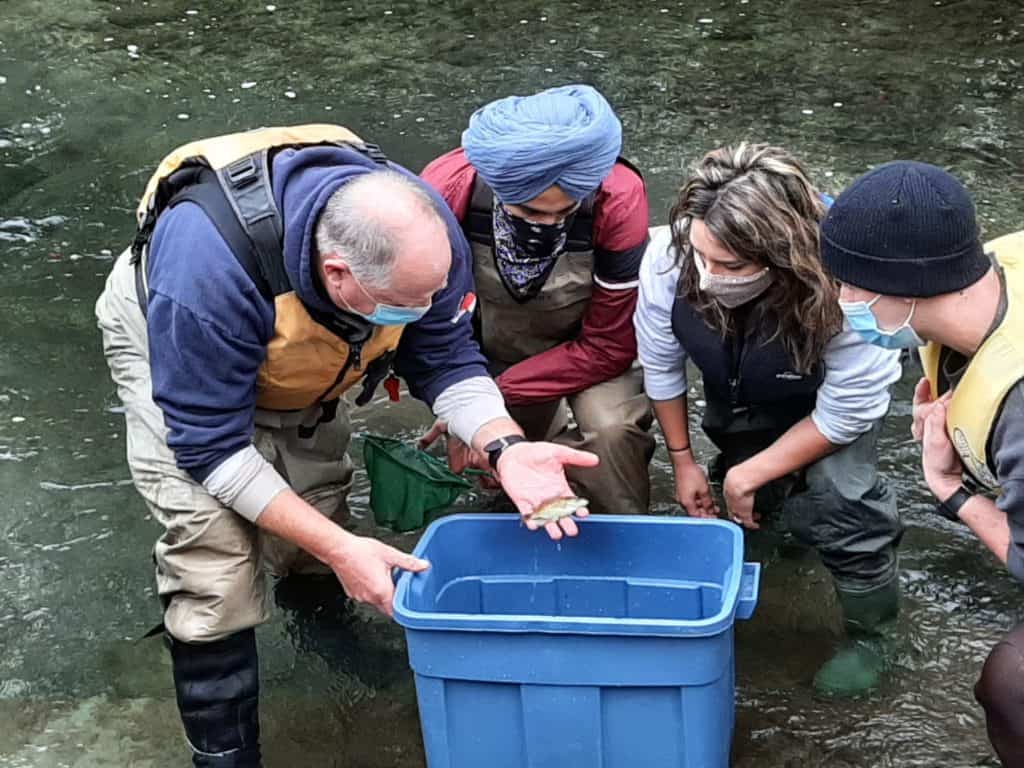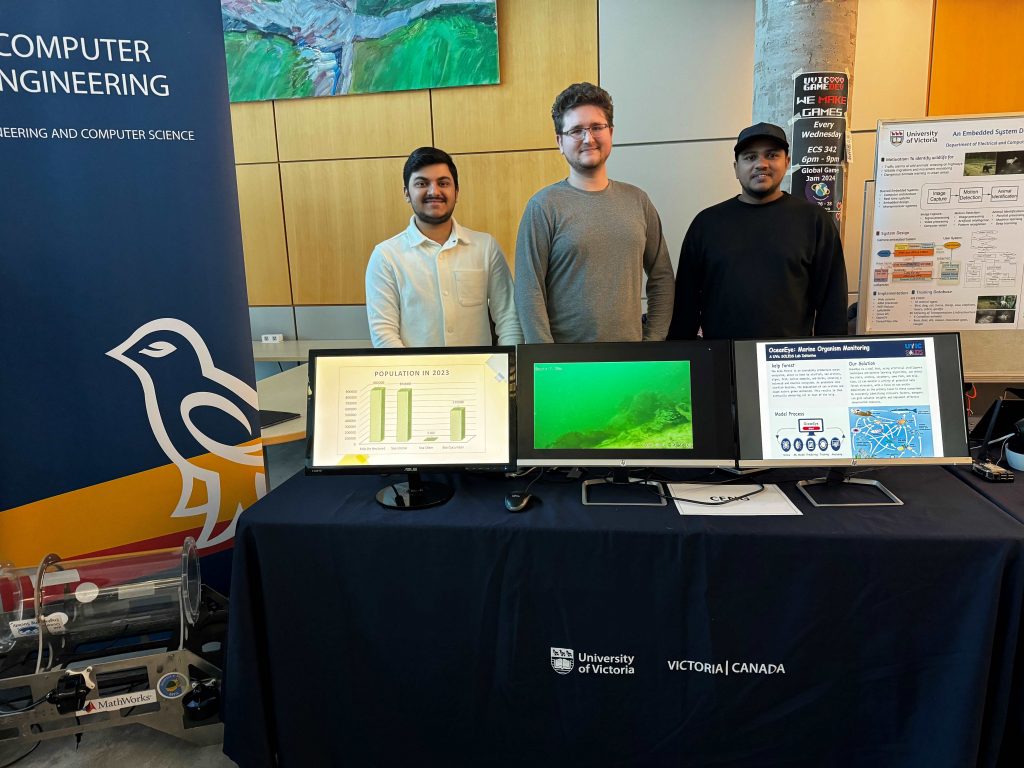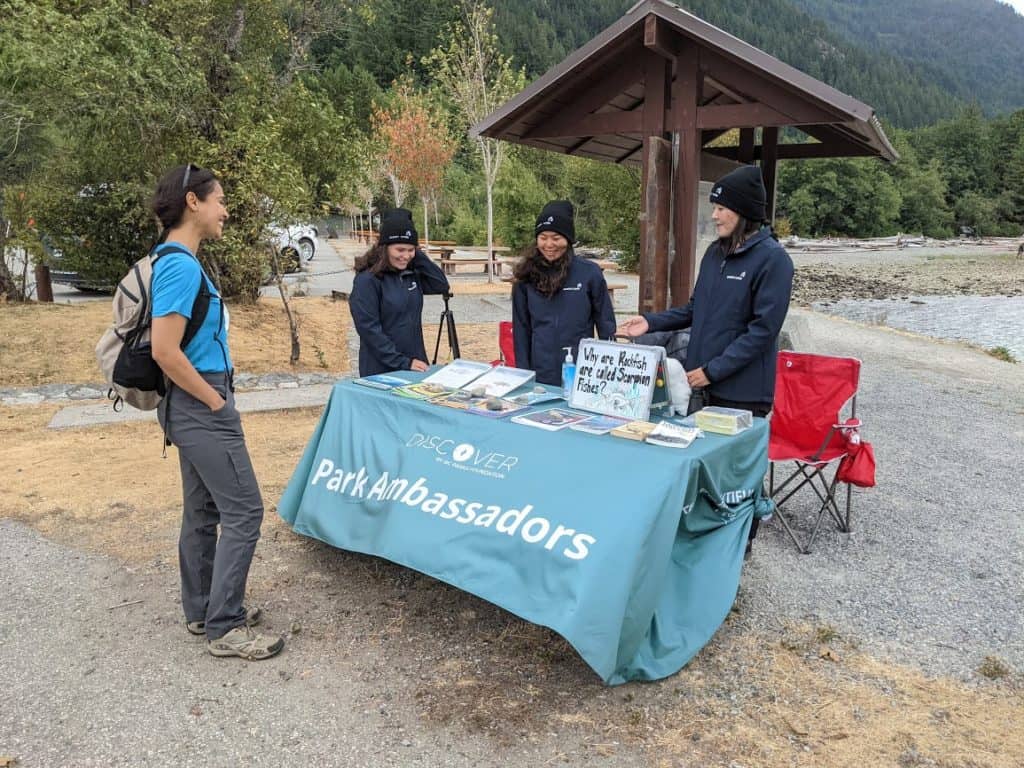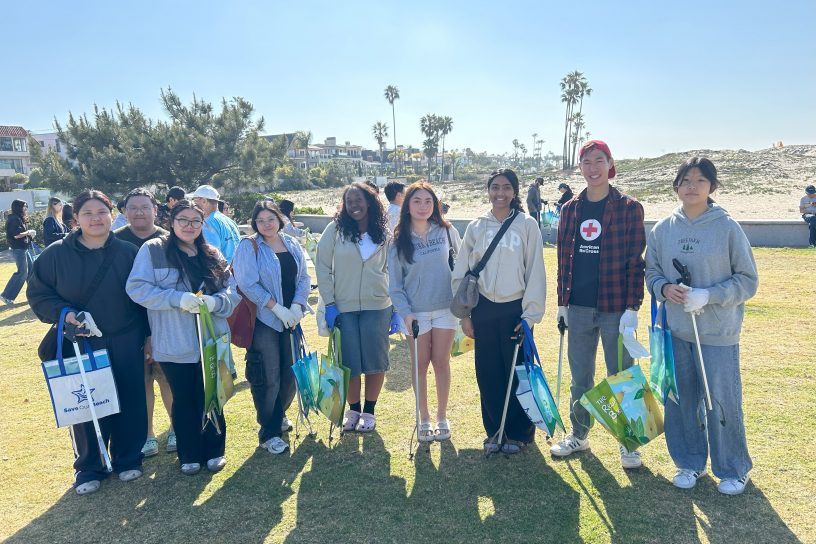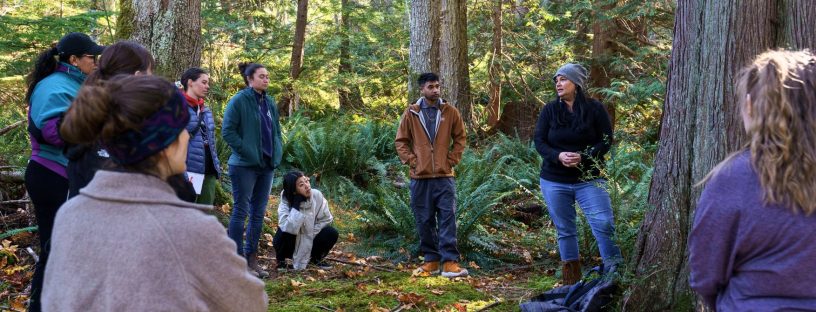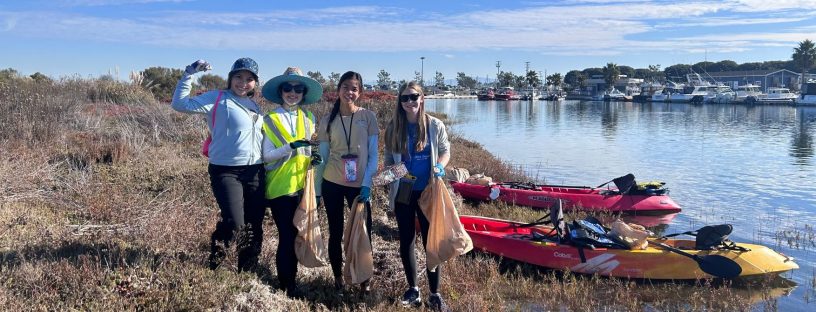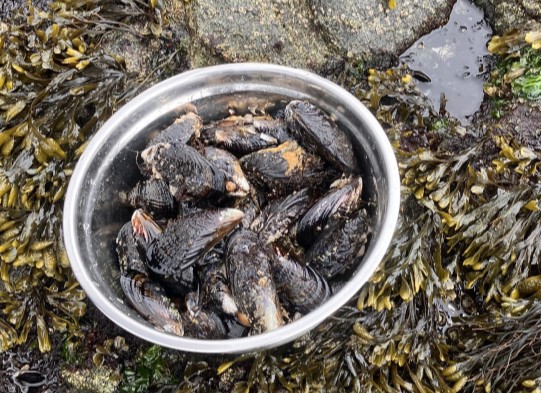Ocean Pathways Ambassador Sheds Light on the Mysterious Sea Star Wasting Syndrome and Urges Action
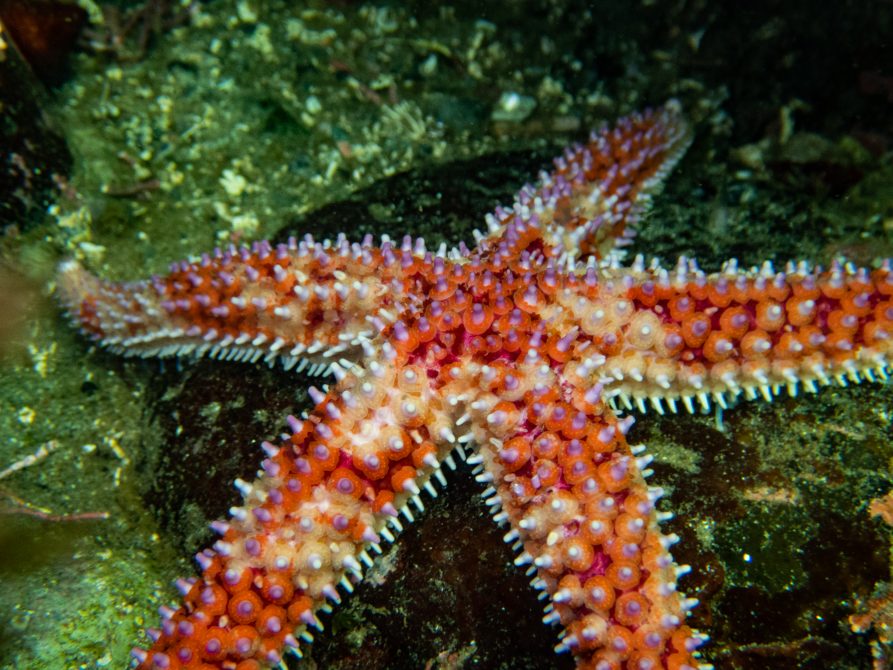
Hannah Charness is a 2023 Ocean Pathways ambassador as well as a freshly minted marine biologist currently working with the Kelp Rescue Initiative at the Bamfield Marine Sciences Centre. Hannah did her Ocean Pathways placement at the Ucluelet Aquarium which conducts sea star surveys- it’s through her role assisting the aquarium with animal care/education that she learned more about their plight and wants to use her voice to raise awareness about the issue. Read her blog below!
When asked to picture marine life, sea stars tend to be one of the first animals that people will think of. Although they may not be as charismatic as an otter or as fierce as a shark, they hold a certain wonder in their strange pentaradial symmetry and fanciful colours. So, if everyone can picture a “starfish” why can we not figure out why they are dying?
Sea Star Wasting Syndrome (SSWS) is a confusing and multi-faceted condition afflicting sea stars of over 20 species across several continents. Although the earliest accounts of this syndrome can be traced back to 1896, with outbreaks in the 1970s and 80s as well, it only rose to prominence in research after the 2013-2014 mass mortalities in the North American Pacific, particularly in California. Stars first exhibit abnormal twisting, folding in on themselves like an experienced yoga instructor. Next, white lesions appear on their arms and bodies, boring holes in their epidermis and muscles. After only a few days, sea stars become deflated, losing their internal water pressure. Unable to use their suction-cup tube feet for movement or to complete gas exchange across their surfaces, they lose arms and die.
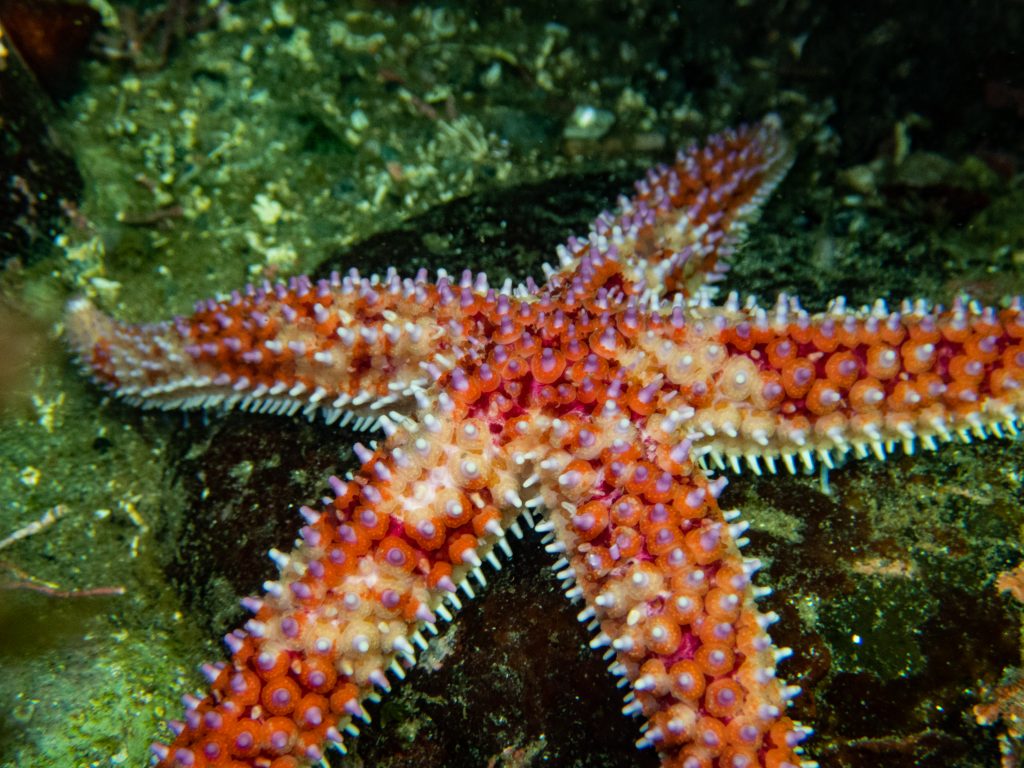
While the mass mortalities in 2013-14 did spark an increase in research efforts, no clear answer exists on why these stars continue to die in such large quantities. Originally, SSWS was attributed to a densovirus (SSaD) that could be identified in at least one species of star presenting evidence of wasting. However, that hypothesis has since been discredited. The most recent hypotheses propose potentially transmittible, compounding sources for SSW. Shifts in temperature and organic matter content in the water may alter sea star microbial communities, favouring growth of anaerobic bacteria. This growth leads to a decrease in oxygen diffusion across the epidermis of the star, hypoxia, and organ failure. These theories also explain why species may be affected in diverse ways based on their body volume, texture, and their metabolic rates.
This new evidence seems like progress, but we have a long way to go before identifying any verifiable cause of wasting. Research has been taken up in earnest, but only by a select few. Because sea stars are not “commercially viable” organisms, providing little direct economic value, funding for their conservation is limited. Sea stars themselves may not produce food or pharmaceuticals, but they play a huge role in coastal ecosystems. In fact, the concept of a keystone species was first presented using Ochre Stars (Pisaster ochraceus) as model organisms. Keeping mussels and barnacles in check, it maintains healthy kelp forests which are habitats for important fish species, shelters coastlines from wave action, and increases atmospheric carbon dioxide uptake by the oceans. The sea star thereby has a disproportionately large effect on its environment in comparison to its own biomass.
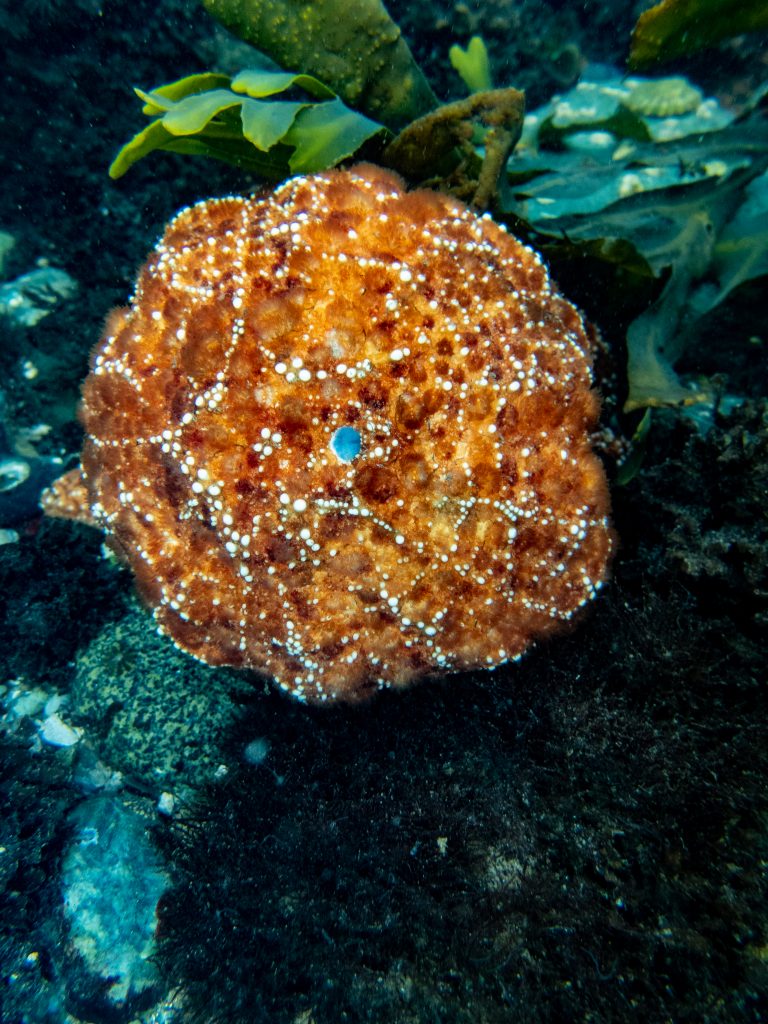
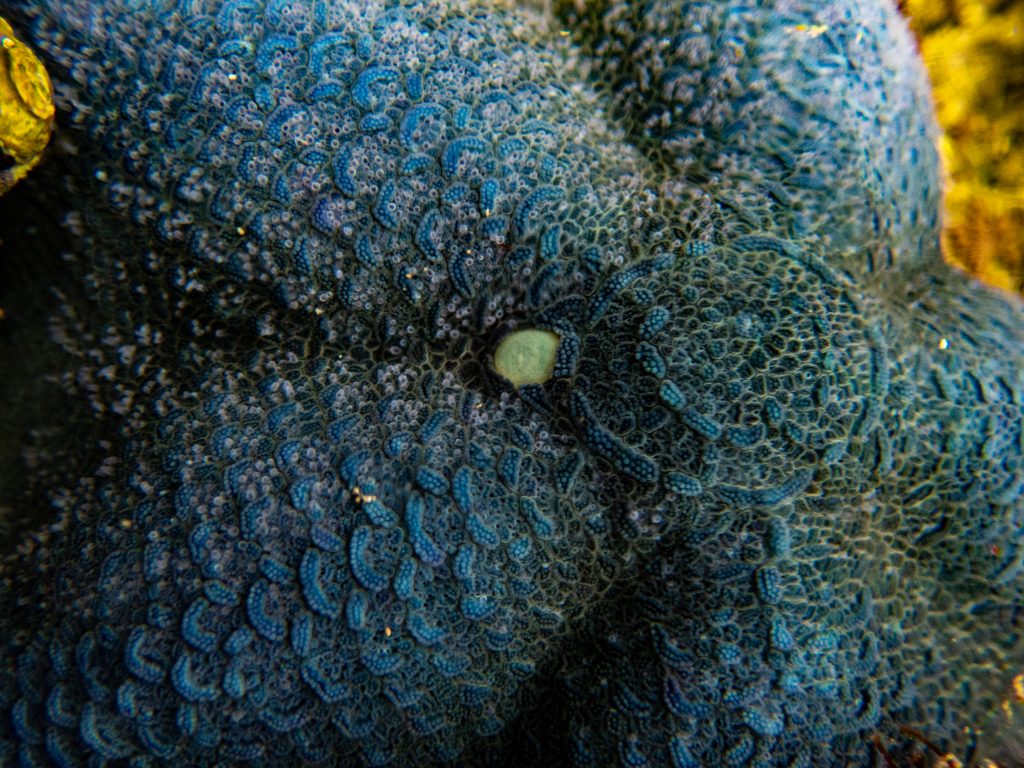
As an East Coast-based marine biologist, I had seen SSWS, but only on a projector screen. Coming to the West Coast, seeing stray arms fused into their crevices made it all far too real. I, like most children, loved sea stars and they continue to be one of my favourite animals. Watching them die first-hand has motivated me to find out why more than any statistic ever could.
We’re on the right track in identifying the cause of the problem, but that doesn’t guarantee us a solution. If current hypotheses are correct, and this is a multi-faceted, environmental threat, we’re going to need to take an equally diverse, multipronged approach to tackling it. Education is key in understanding what’s happening to sea stars and knowing how to help them next. Ocean Wise has conducted research and has some recommendations on how to address Sea star wasting disease that you can find here.
This isn’t as simple as not using a plastic straw, but climate change is never that simple. It’s time to start counting our lucky stars and saving the unlucky ones.
Posted December 6, 2023 by Ocean Wise
